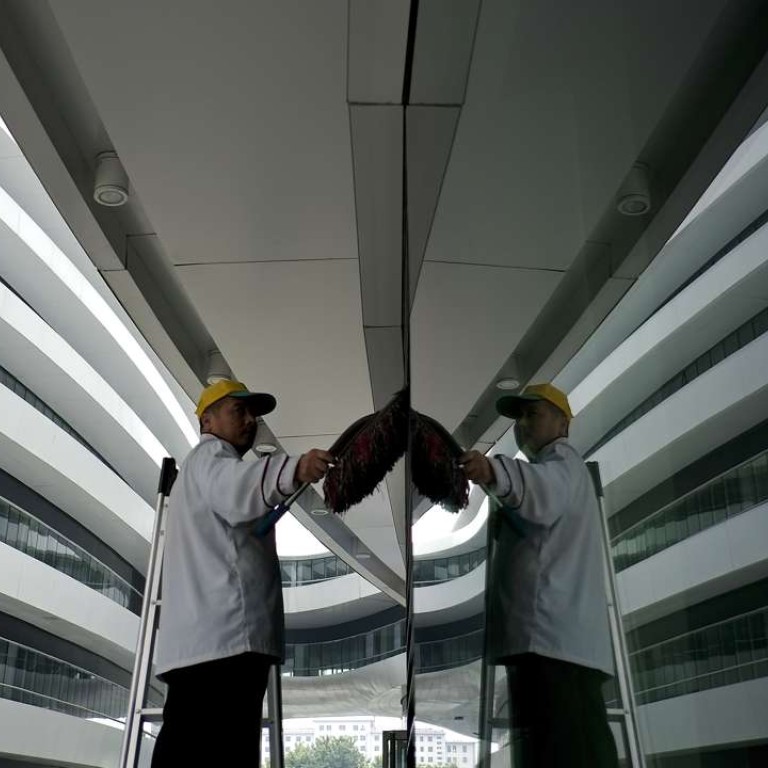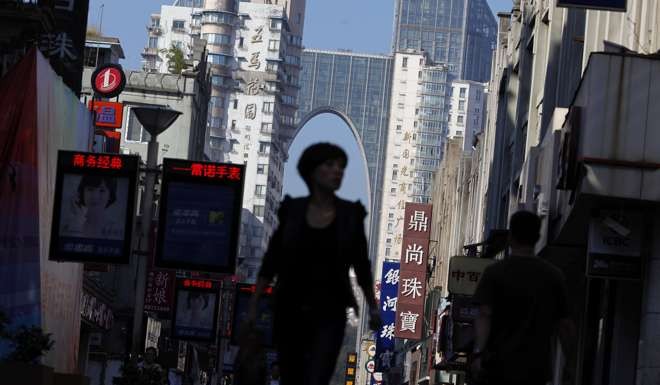
Access to finance for China’s smaller enterprises continues to deteriorate
Risk averse banks and crack down on the shadow sector causing further difficulty
The situation for small and medium-sized enterprises in China is becoming even more difficult, particularly when it comes to financing, according to analysts. With private sector investment in China already at a low level, the problem seems likely to be further exacerbated.
“Credit conditions for SMEs turned less favourable in August as financing costs continued to rise and bank loans became more difficult to obtain,” said a research note from Standard Chartered economists, led by Lan Shen.
“Medium-sized companies enjoy better credit conditions than smaller ones,” Lan added.
The problem is not new, though according to Lan’s research it is becoming more problematic.
In 2014, banking institutions granted credit to just 20 per cent of the total number of micro and small enterprises in China, according to a report by Shi Jianping and Yang Rubing of the Central University of Finance and Economics.
Small-sized companies are still risky businesses where bad debts are arising
“Since China is transforming from being investment driven to innovation driven, the financial system must serve innovative companies better,” said Gary Liu, executive deputy director of the CEIBS Lujiazui Institute of International Finance.
“But the reality is that big banks prefer to deal with governments and SOEs, zombie companies take up huge resources and IPO liberalisation stopped due to the stock market crash,” Liu adds.
One reason for banks’ preference for larger borrowers is concern about non-performing loans. In an environment where growth is slowing, SMEs across many industries are considered to be less reliable recipients of lending than their larger counterparts. This is made worse by the fact that SMEs are unlikely to receive financial support from central or local governments should they run into difficulties, whereas many still perceive that state-owned companies would get help.
“Small-sized companies are still risky businesses where bad debts are arising,” said Yang Dongping, Bank of Communications’ chief risk officer, in a press conference in Shanghai accompanying the bank’s interim results, the Post reported on Friday.
Because of the difficulty of raising capital from banks, SMEs have tended to look towards the unofficial banking sector – or shadow banks – for their funding needs. In many cases, this resulted in higher borrowing costs.
In addition, this year, policymakers have launched a number of crackdowns on the shadow banking sector, with the aim of reducing the risk in the system following the collapse of peer-to-peer (P2P) lender Ezubao.

In its latest move, last week, the China Banking Regulatory Commission announced that a cap would be imposed forbidding a company from borrowing more than one million yuan from a P2P lender. This may further increase the challenges for SMEs to gain access to funding, even if the shadow sector only offered a partial and far from ideal solution to their problems.
“To solve the SME financing problem, China should liberalise the financial system rather than rely on shadow banking,” Liu said.
SME financing problems are a concern for policymakers hoping that private investment will replace state spending when it comes to driving economic growth.
According to Lan, the appetite from SMEs for investing and expanding production is “weak”, which he said “echoed plummeting investment growth so far this year”.
In the first seven months of 2016, growth in private investment dropped to 2.1 per cent compared with 11.3 per cent in the same period last year, according to data from the National Bureau of Statistics.
In an attempt to reverse this trend, and make life easier for SMEs, policy changes may be on the way.
“We expect the authorities to maintain ample liquidity in the market to contain funding costs. We also expect other measures to lessen SMEs’ financing burden, including reducing tax and fees for SMEs and lowering credit application fees,” Lan said.

